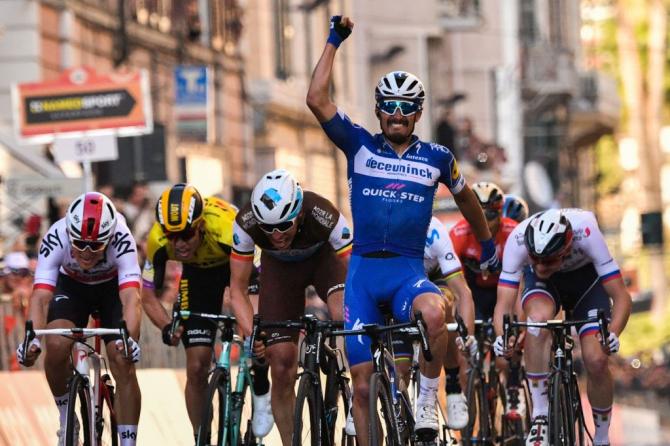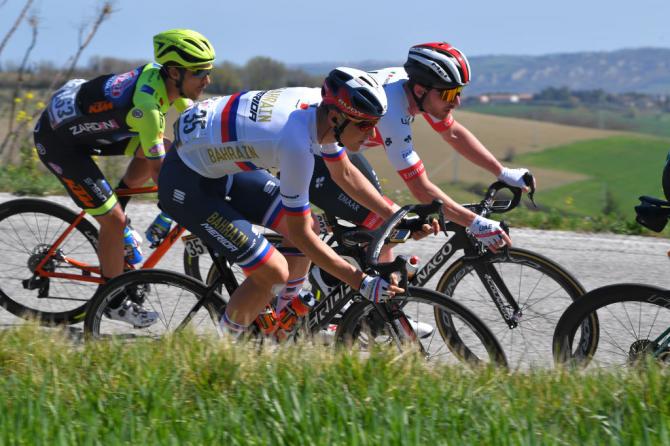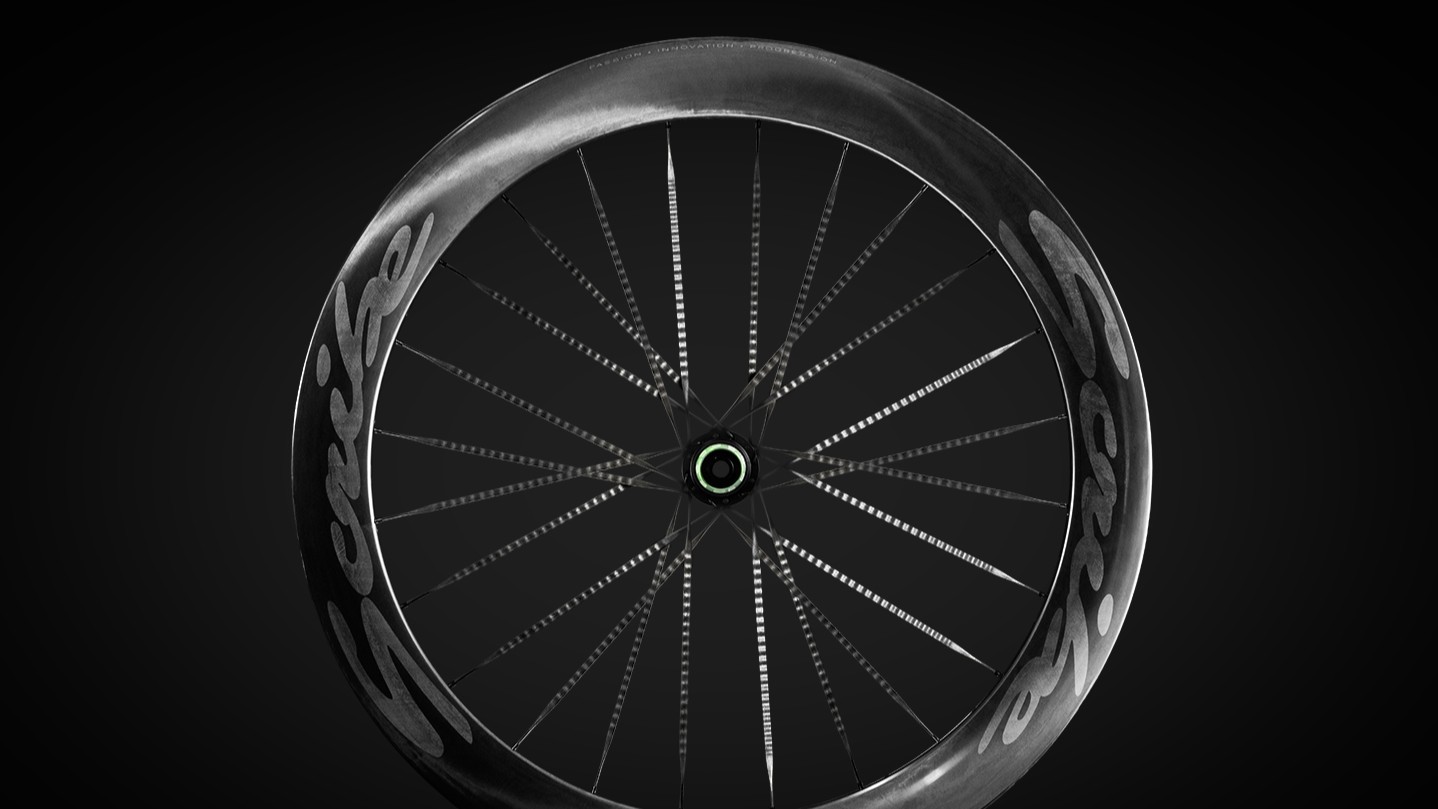9 conclusions from Milan-San Remo
The good and bad from La Primavera
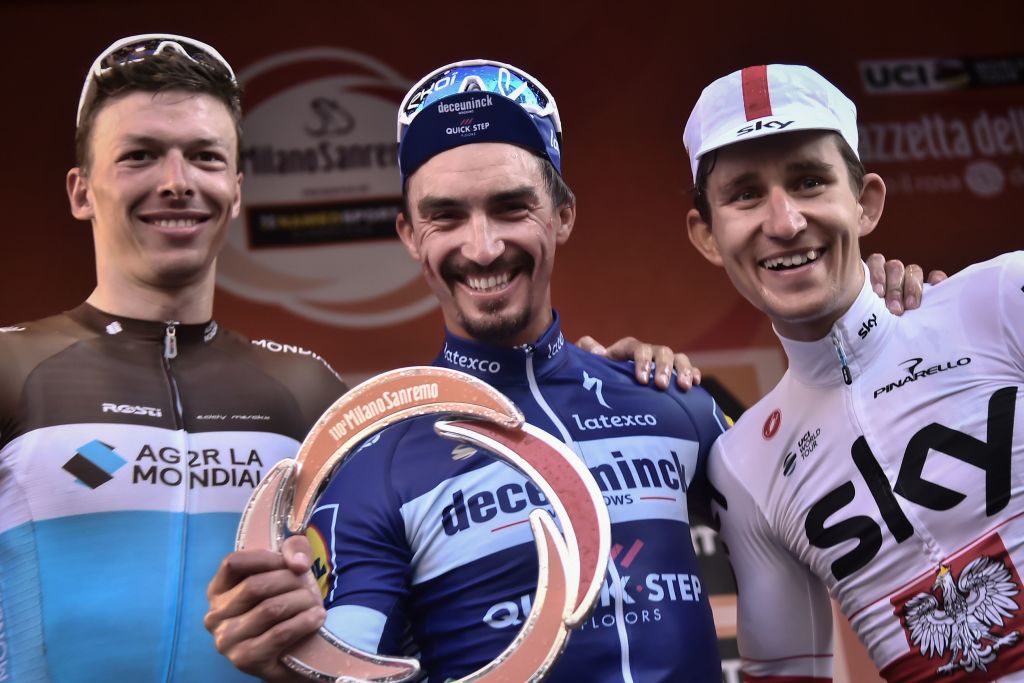
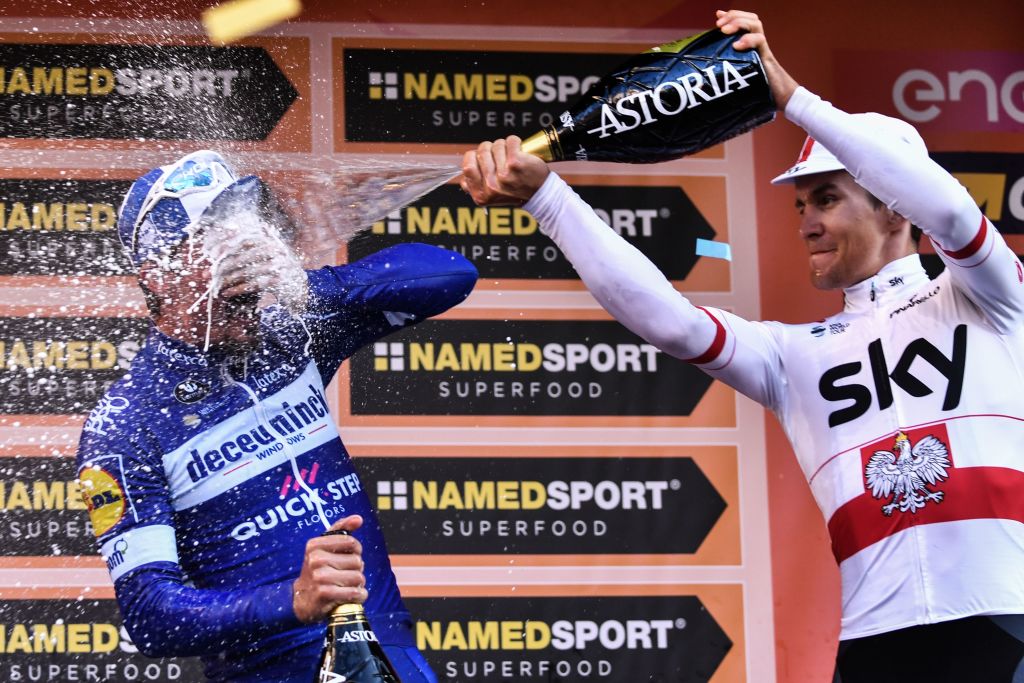
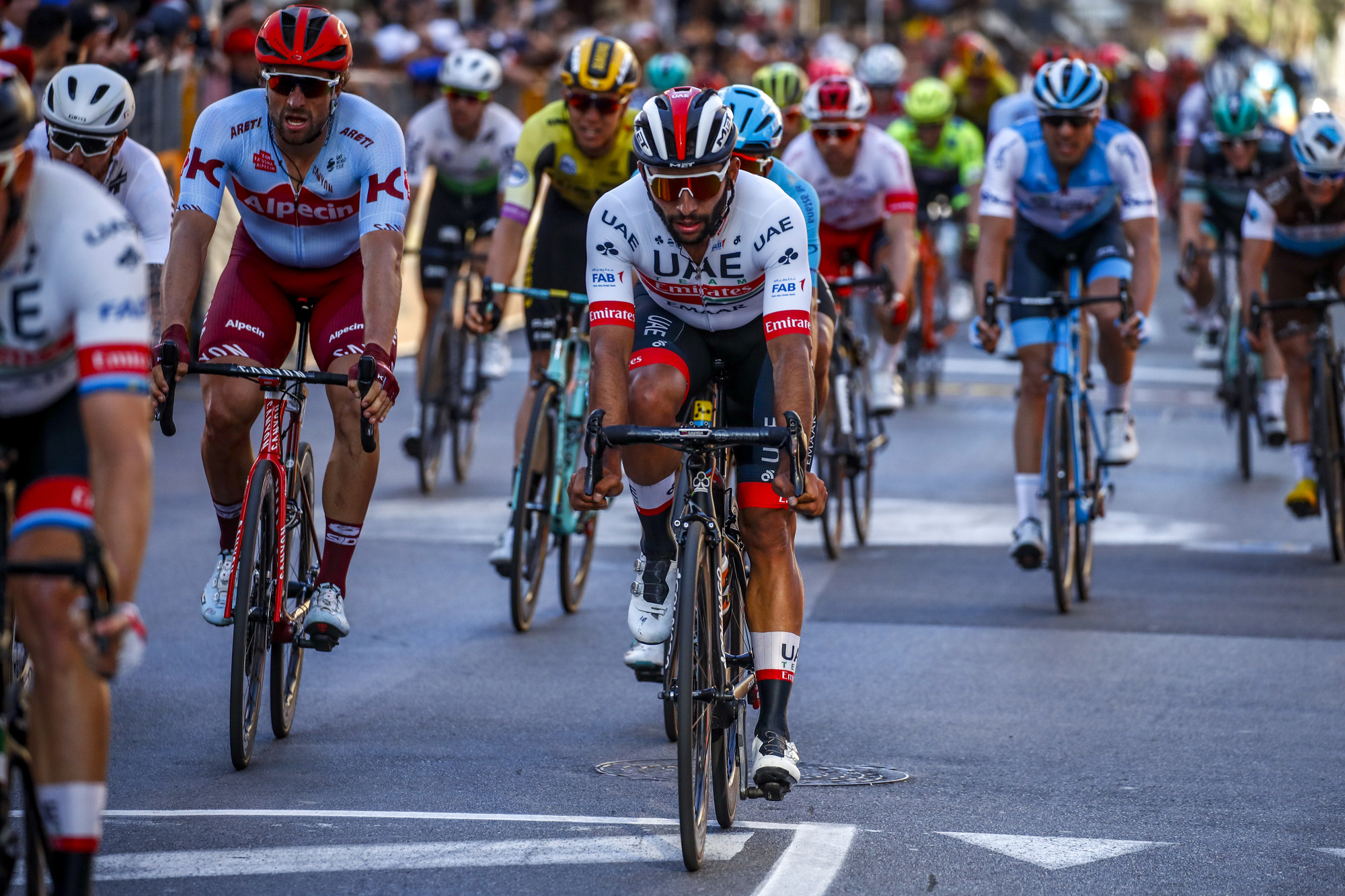
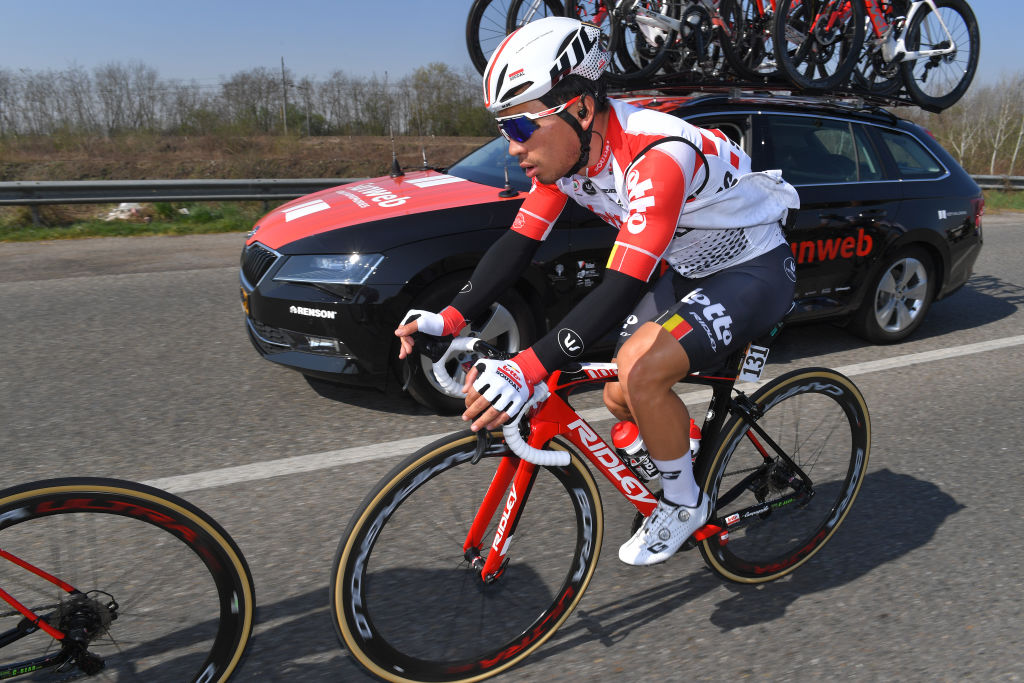
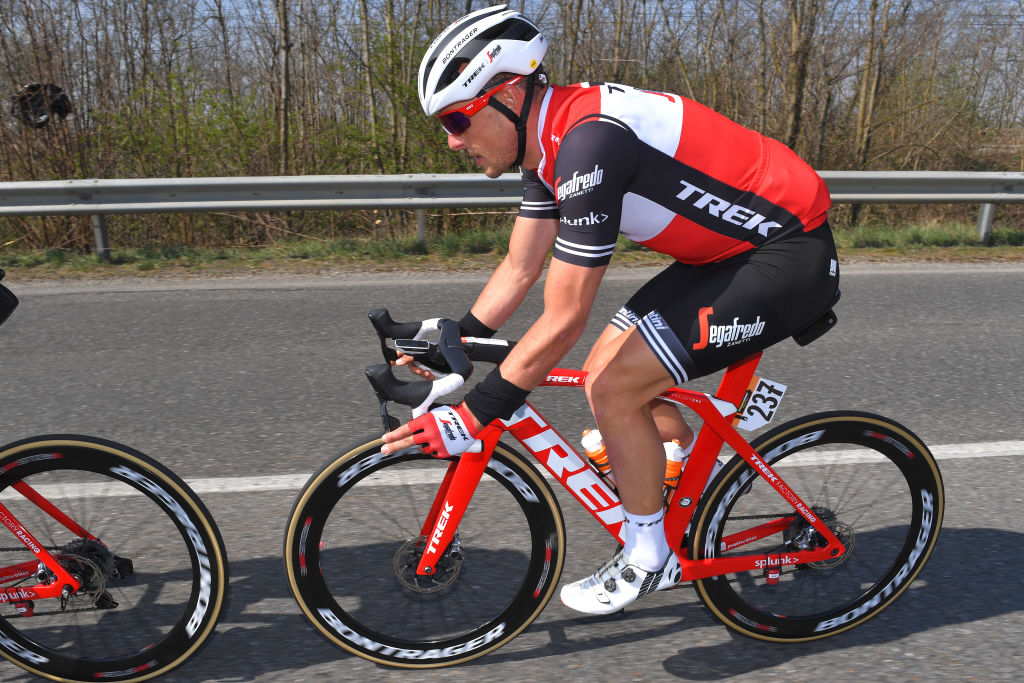
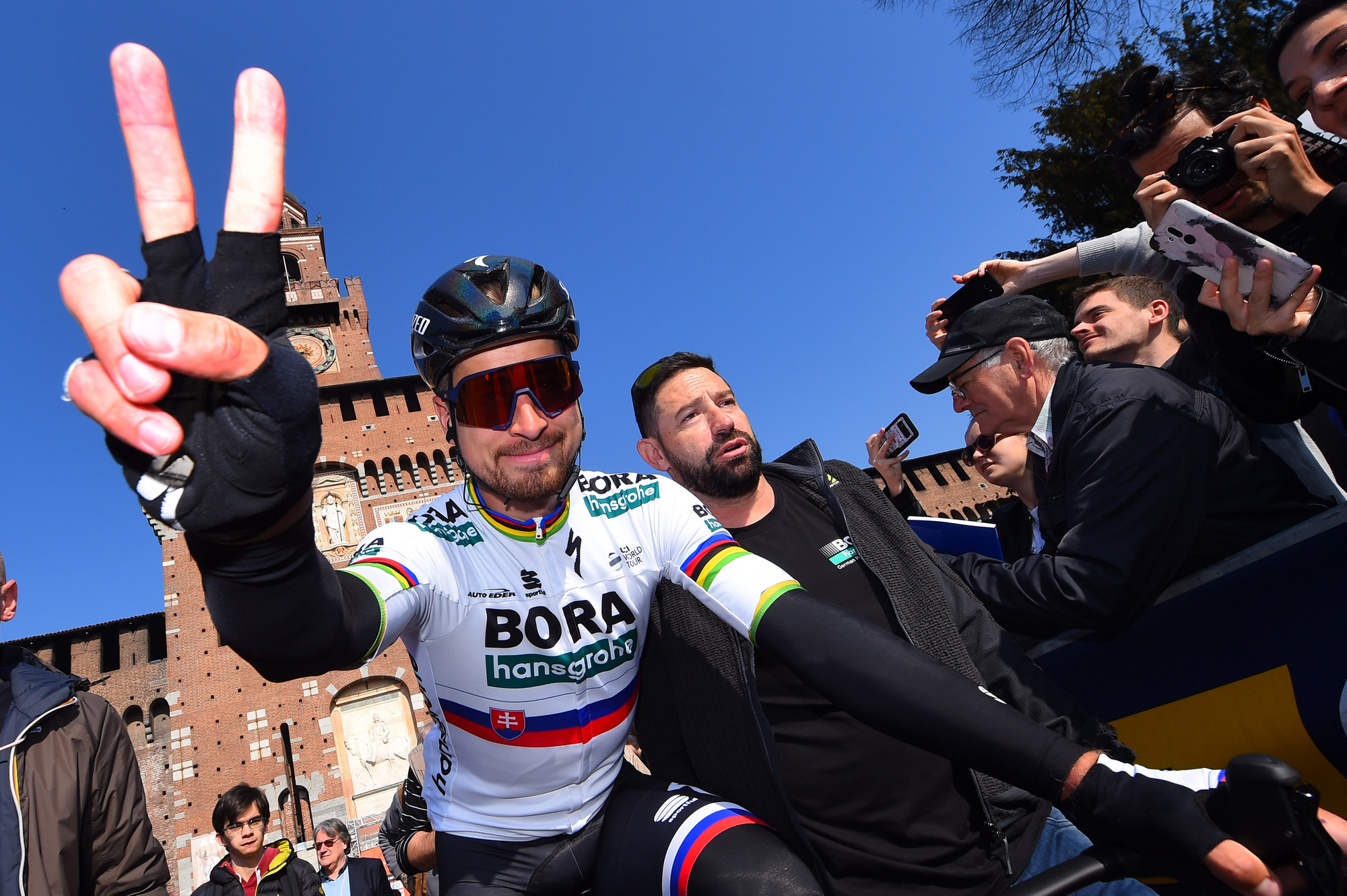
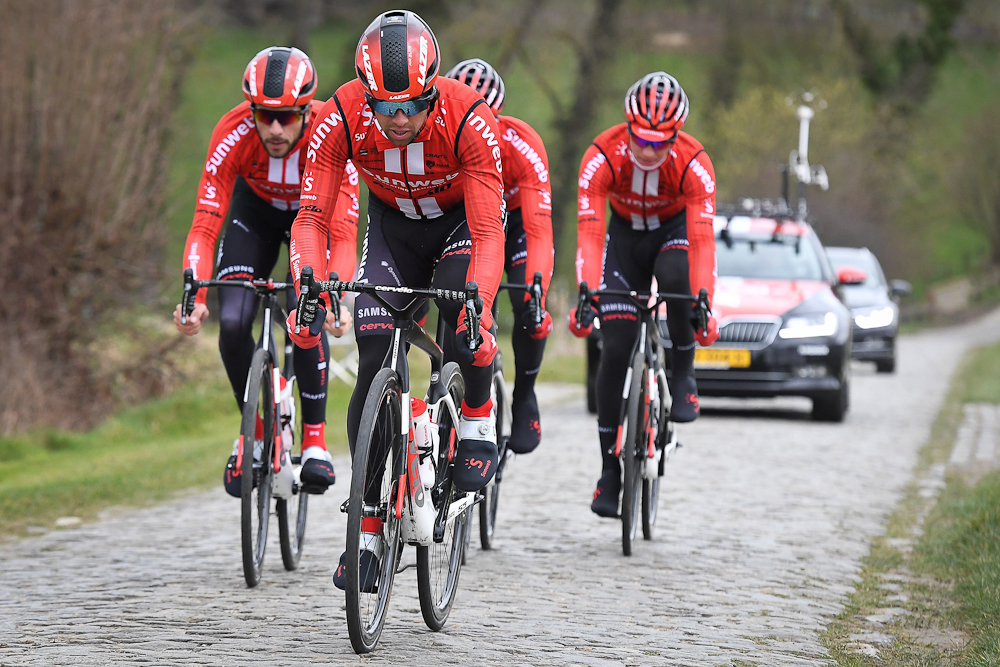
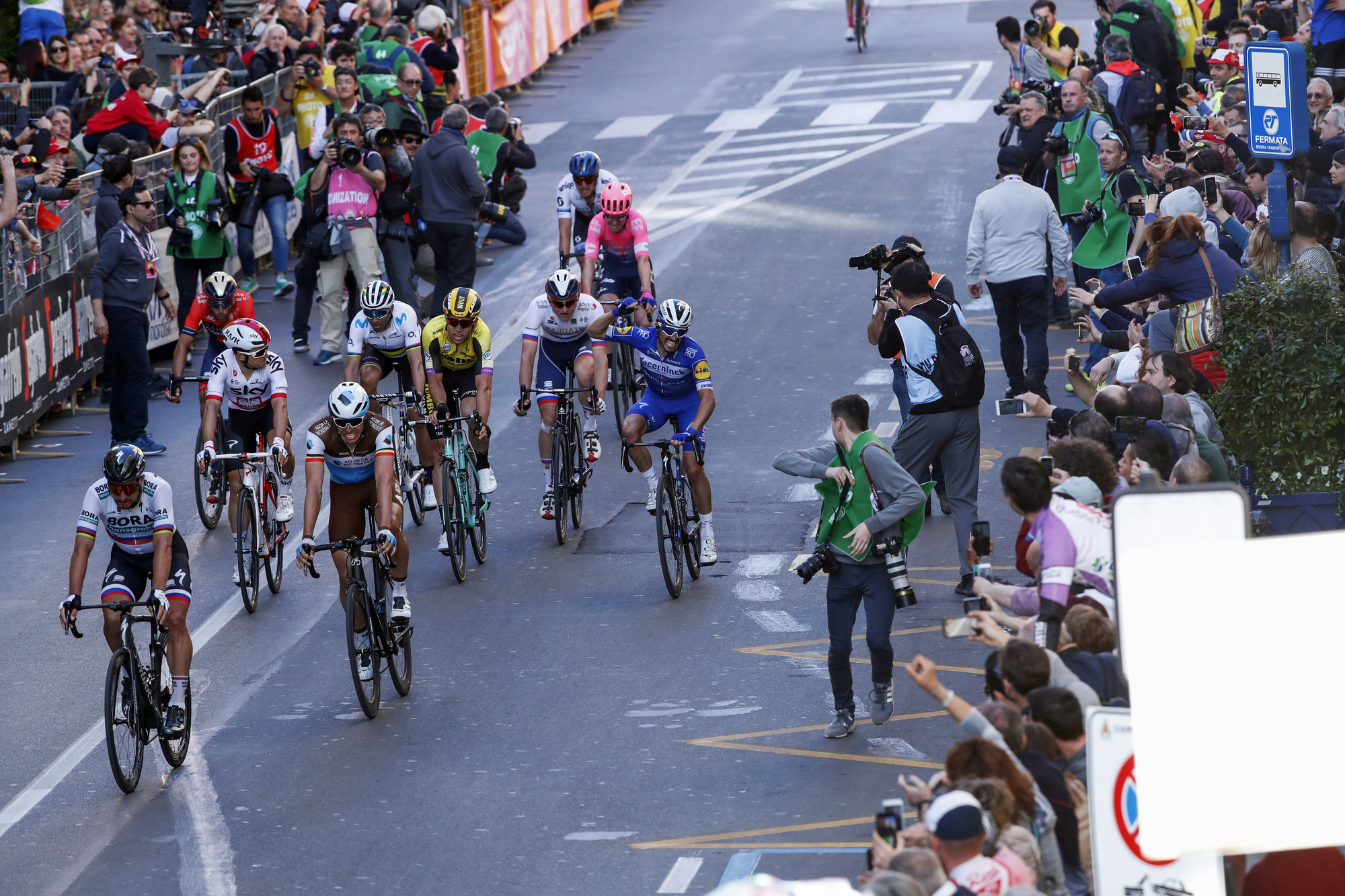
The season's first Monument is in the record books after another dramatic finish played out on the Via Roma at the end of Milan-San Remo, where 26-year-old Frenchman Julian Alaphilippe (Deceuninck-QuickStep) out-sprinted a handful of top contenders to take his seventh win of 2019. The 110th running of La Primavera crowned another worthy winner after nearly seven hours in the saddle, topped off with an exciting spectacle over the Poggio and continuing into the streets of San Remo. We've put together a list of top conclusions from Saturday's race below.
Alaphilippe stays cool as rivals falter
Milan-San Remo produces arguably the most intense, emotional, adrenaline-filled final few kilometres of any major race, testing riders' strength, speed and especially their ability to make a multitude of split-second tactical decisions.
An attack at the wrong moment, when the odds of success are lower, or a reactionary decision to go on the front and chase a rival, can suddenly end a chance of victory. Just ask Matteo Trentin and Wout van Aert, who were kicking themselves post-race after burning their last matches in an attack and chase with two kilometres to go, when it was almost certain the sprint would decide the winner of this year's Milan-San Remo.
Peter Sagan was almost embarrassed with the way he rode in the Via Roma sprint. He is considered one of the best tacticians in the peloton but admitted he made a real mess of the finish by being stuck on the front and then focusing on Alejandro Valverde instead of Alaphilippe.
The contrast between those mistakes and Alaphilippe's perfect execution was significant. The Frenchman clearly had confidence in his own ability and form.
Alaphilippe carefully followed Matej Mohoric in the left and right turns in the final kilometre and then made sure he was well placed going into Via Roma sprint. He was watching Sagan on his right but stayed well placed; then when Mohoric surged up his left and started the sprint, Alaphilippe knew it was the lead-out that would take him to victory. He was not afraid to then accelerate himself and even celebrate victory with his arms in the air. (SF)
A new March super specialisation
Milan-San Remo is the first Monument Classic of the season and traditionally marks the start of the spring Classics campaign that runs deep into April. Twenty years ago, riders would challenge in every race from the La Primavera in late March until Liège-Bastogne-Liège a month after. In the last decade, riders have specialised more on the cobbled Classics, with the pain of Paris-Roubaix marking the end of the spring for many riders. The Ardennes Classics are now for very different specialists.
The latest race content, interviews, features, reviews and expert buying guides, direct to your inbox!
This year, Julian Alaphilippe has created a super specialisation within the spring Classics, channelling his unique talents to target two narrow weeks of March, from Strade Bianche to Milan-San Remo. He will miss all the cobbled Classics, with the Ardennes a second super specialisation but of lesser importance compared to his Mad March.
The decision to further narrow his objectives perhaps came about due to Deceuninck-QuickStep's rich roster of Classics riders, but it has proved to be a hugely successful two-week campaign for Alaphilippe. He carefully built his March peak of form. He rode the Vuelta a San Juan in Argentina and then stayed in South America to ride the Colombia 2.1 race and train at altitude.
Strade Bianche was his first race in Europe but he was clearly on form and ready for two weeks of super specialisation and success. He is without a doubt the rider of the month and the currently the successful rider in the WorldTour. (SF)
Sagan's run continues
Peter Sagan rarely loses his cool but for a second consecutive year his frustration at missing out on victory at Milan-San Remo was evident when he arrived at the Bora-Hansgrohe team bus.
Sagan has ridden Milan-San Remo nine times. His results would be impressive for any other rider; he has finished in the top five four times and finished second twice. Yet he has still to win La Classicissima and that is hurting his pride.
In 2017, Sagan was outmanoeuvred by Michal Kwiatkowski, who used Team Sky's strength in depth and sprinter in the chase group to force Sagan to work. This time Sagan was alone up front as were all his rivals. He messed up by being too cautious, too focused on his rivals than on his own race and own sprint. It was unusual to see so him confused.
He chased after Julian Alaphilippe on the Poggio and followed the wheel in the streets of San Remo but then he was fatally distracted by the threat of Alejandro Valverde instead of focusing on Alaphilippe's wheel. If only he had been on the Frenchman's wheel entering Via Roma, the sprint could have been very, very different. (SF)
Matthews on the rise
On the face of it, twelfth in Milan-San Remo is nothing to write home about for the Australian, yet given that he came into the race with just over 300 kilometres of racing in his legs, he must be content with such a performance.
Matthews has always had the ability to hit the ground running but even by those standards, his Milan-San Remo ride was special. He missed the first selection on the Poggio but finished only eight seconds down on the group that fought, and well clear of the chasing bunch on the Via Roma. If he can find consistency and cut out the needless crashes out of repertoire then he can be the spark that ignites Team Sunweb's slow start to the season. In a contract year for the 28-year-old, it's a must. (DB)
Novo Nordisk and knowing your limitations
When you're running a team that's tasted victory just once in three years you need to be realistic when it comes to setting goals and targets. Novo Nordisk are never going to be competitive at the pointy-end of a high calibre WorldTour race but to judge them on that basis alone is one-dimensional and missing the point.
This squad is about more than just winning, for them every second of awareness counts, so to have over half their Milan-San Remo roster in the break represents a major success.
Such a tactic ensures television time, huge exposure, and the maximum reward for a squad that punches above its weight. All seven riders finished the race and their efforts outshone the likes of Dimension Data, Cofidis, Trek-Segafredo, and several other squads - who although had high finishes - left nothing of note on the race. (DB)
Katusha-Alpecin's woes continue
This season was supposed to mark a fresh start for Katusha after a woeful 2018 in which none of the new recruits delivered. The signs were promising when Marcel Kittel opened his account in Mallorca but since then the team have failed to take another win. Missing out a result in Milan-San Remo is no disgrace but fact that the team couldn't field a single rider with the genuine threat of breaking into the top ten illustrates the wider concern relating to the team's recruitment.
The simple fact is that the squad have failed to replace the overall skillset of Joaquim Rodriguez and the consistency of sprinter Alexander Kristoff. Instead they sought out bargains and misfits from other teams. They have tried to 'internationalise' but without thinking of the most important demand: success. The most recent example of this was when they signed Enrico Battaglin who won a stage at the Giro d'Italia in a contract year but has since faded back into anonymity. (DB)
Mechanical and the drive for technology
Trek-Segafredo's problems are of their own making, too, with the choice on Saturday for their main Milan-San Remo threat John Degenkolb, to ride a 1x crankset. You can only imagine the Trek and SRAM hierarchies burying their heads in their hands when the German's race slipped away due to a mechanical on the descent of the Poggio.
Mechanicals are part of the sport, and they're not limited to one rider, one team or one piece of equipment. But in one of the biggest races of the year, why take the risk of running new technology?
Mohoric and Van Aert lead a new wave
Only two riders below the age of 25 finished inside the top 15 in Milan-San Remo with Matej Mohoric (24) and Wout van Aert (24) leading the way.
Both enjoyed important cameos in the race, with Mohoric particularly active and Van Aert racing his longest-ever race, chasing down the last significant attack from Matteo Trentin. Both riders have enjoyed different career trajectories but both have worn rainbow jerseys in either road or cyclo-cross.
Their results on Saturday proved once again that they have the pedigree but that experience counts for so much in races of this magnitude.
A cooler and more calculating Mohoric should have understood that the teammate in the group was Vincenzo Nibali and not Sonny Colbrelli, and so he shouldn't have started the sprint from such a long way. A more experienced Van Aert would have left it to the faster sprinters to chase down Trentin in the final two kilometres.
However, these are minor criticism for two riders destined for greatness in races such as these. What's more, this could be the spring that sees them deliver. (DB)
Deceuninck-QuickStep's domination
It's almost getting ridiculous now, with 19 victories and wins in every single one of the UCI's one-day WorldTour events.
To put that into perspective, at this point last year, QuickStep had failed to win any of the Cadel Ocean Race, Omloop, Kuurne, Strade Bianche or Milan-San Remo, yet they still went on to claim 73 wins in an incredible season. During the winter they lost Tour of Flanders winner Niki Terpstra and their fastest sprinter Fernando Gaviria, who accounted for nine of those 73 wins. The consensus was that Lefevere's men would be weaker as a result but in virtually every aspect they've improved to the point where they are eclipsing what Team Sky have achieved in stage racing. It's near domination, and it shows no sign of letting up.
To add more context of their superiority, Alaphilippe has won more races than Team Sky this season. He's won more races than Katusha-Alpecin, Trek-Segafredo, Bahrain-Merida, Team Sunweb, and AG2R La Mondiale put together. The Frenchman now sits at the top of the UCI rankings.
Alaphilippe's improvements have been huge in the last two years but he also showed his talent at a young age. He went toe-to-toe with the likes of Adam Yates and Mohoric at the Tour de l'Avenir in 2013 and has improved virtually every season since.
That said, there is an underlying current within cycling - thanks in part to those who once raced but now sit comfortably in team cars - to question every victory and every ascent time. The climb of the Poggio, according to La Gazzetta dello Sport and others, was one of the fastest of all time, but the 280-plus kilometres before that was possibly the easiest. Even the race on the Cipressa didn't start until halfway.
Being open-minded yet holding an element of scepticism is healthier than blind faith, but it's worth pointing out that this team are built on one-day success. They forgo Grand Tour and stage racing budgets so that their seventh rider in a Classic is as good if not better than most of their rivals' protected leaders.
In a time when we’re seeing police-lead investigations into doping, it’s only natural that some will keep one eye on cycling’s past as well as its present. Alternatively, one can simply enjoy these races and performances for what they are: entertainment and spectacle. (DB)
